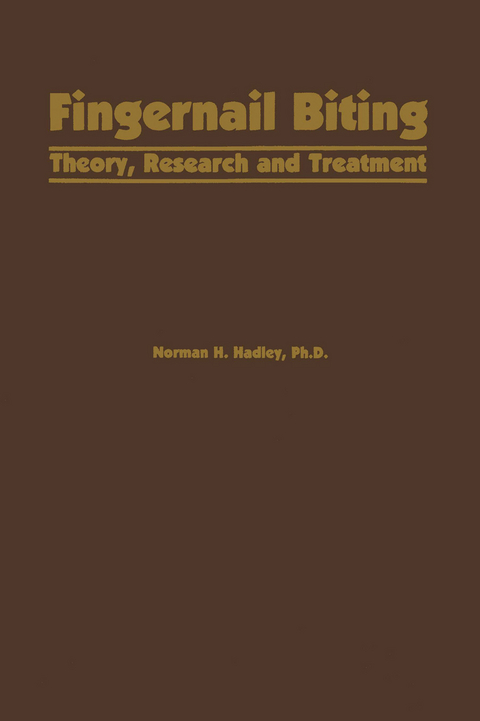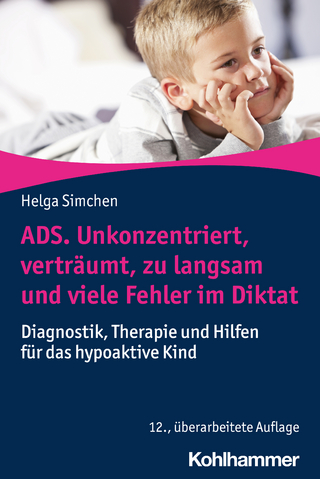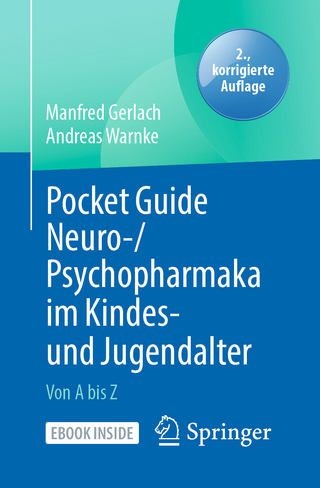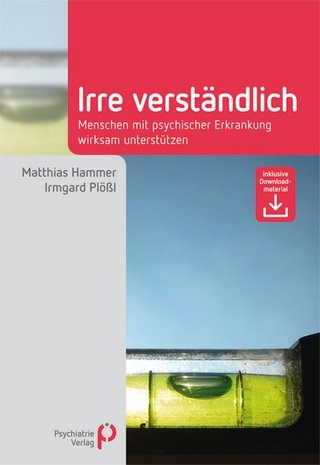
Fingernail Biting
Springer (Verlag)
978-94-011-6325-5 (ISBN)
1. Significance and Medical Classification of Nailbiting.- Emotional Significance of Nailbiting.- Nailbiting and Dentition.- Medical Classification of Nailbiting.- Description of Nailbiting.- 2. Anatomy and Growth Rate of the Fingernail.- Anatomical Description of the Fingernail.- Sources of Variation in Fingernail Growth Rates.- Measurement of the Rate of Nail Growth.- Measurement Techniques Used in Behavioral Studies of Nailbiting.- 3. Age, Sex, Personality, Intelligence, and Sociological Variables.- Age and Sex Trends.- Personality Characteristics.- Intelligence Factors.- Situational Factors.- Family Variables.- Relation to Other Behavioral Problems.- 4. Theories on the Cause of Nailbiting.- Tension-Nailbiting Issue.- Integration Hypothesis.- Consistency Theory of Nailbiting.- Coping and Expressive Functions of Nailbiting.- Environmental Restriction Model.- Azrin and Nunn’s Explanation for Fingernail Biting and Its Persistence.- Discomfort Theory.- The Role of Imitation.- Rough-Edge Nailbiting Hypothesis.- Motor Learning Theory.- 5. Methods of Treatment.- Aversive Methods.- Self-Control Procedures.- Self-Contracts.- The Role of Imagery.- “Negative” Methods of Treatment.- Techniques Related to Care of the Nails.- Efficacy of Symptomatic Treatment.- Awareness Factors in the Treatment of Nailbiting.- Self-Judgment of Hands.- Azrin and Nunn’s Habit Reversal Method.- Critique of Competing-Reaction Technique.- Statements Made by Former Nailbiters and Nonnailbiters.- References.
| Zusatzinfo | 177 p. |
|---|---|
| Verlagsort | Dordrecht |
| Sprache | englisch |
| Maße | 152 x 229 mm |
| Themenwelt | Medizin / Pharmazie ► Medizinische Fachgebiete ► Psychiatrie / Psychotherapie |
| ISBN-10 | 94-011-6325-1 / 9401163251 |
| ISBN-13 | 978-94-011-6325-5 / 9789401163255 |
| Zustand | Neuware |
| Haben Sie eine Frage zum Produkt? |
aus dem Bereich


